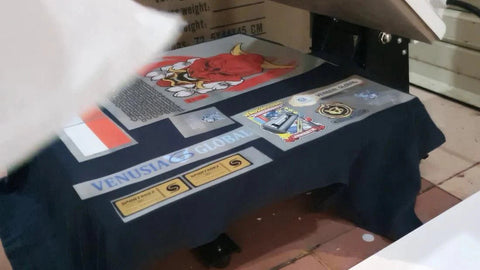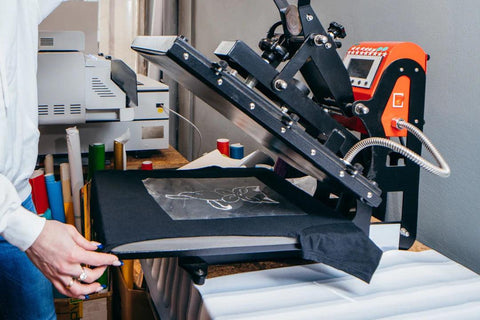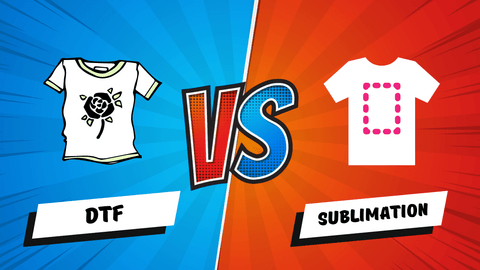DTF transfers, also known as Direct to Film transfers, have become increasingly popular in the world of garment printing. This innovative printing method allows for vibrant and detailed designs to be transferred onto various fabrics, including t-shirts. However, like any printing technique, there are common mistakes that can occur when using DTF transfers. In this blog post, we will explore some of these mistakes and provide valuable insights on how to avoid them.
1. Not Following the Special Instructions
One of the most common mistakes when using DTF transfers is not following the special instructions provided by the manufacturer. These instructions are specifically tailored to ensure optimal results and longevity of the transferred design. For example, if the special instruction states that the transfers should only be applied to t-shirts, it is crucial to adhere to this guideline. Applying DTF transfers to other types of fabric may result in subpar quality or even damage to the material.
2. Poor Quality Artwork
Another mistake that can affect the outcome of DTF transfers is using poor quality artwork. DTF transfers rely on high-resolution images to achieve crisp and vibrant prints. If the artwork provided is low resolution or pixelated, the transferred design may appear blurry or distorted. It is essential to use high-quality images or vector files to ensure the best possible outcome.
3. Incorrect Temperature and Pressure Settings
Temperature and pressure settings play a crucial role in the success of DTF transfers. If the temperature is too high, it can cause the ink to bleed or scorch the fabric. On the other hand, if the temperature is too low, the ink may not adhere properly, resulting in a faded or washed-out appearance. Similarly, incorrect pressure settings can lead to incomplete transfers or uneven distribution of the ink. It is essential to follow the manufacturer's guidelines and conduct test prints to determine the optimal temperature and pressure settings for your specific equipment.
4. Improper Pre-Treatment of Fabrics
Pre-treatment of fabrics is a crucial step in the DTF transfer process. This step involves applying a pre-treatment solution to the fabric before transferring the design. The pre-treatment solution helps the ink adhere to the fabric and enhances the vibrancy of the print. Failing to properly pre-treat the fabric can result in poor adhesion, color bleeding, or a dull appearance. It is important to follow the recommended pre-treatment process and ensure that the fabric is clean and free from any contaminants.
5. Rushing the Curing Process
After the DTF transfer is applied to the fabric, it is essential to properly cure the ink to ensure its durability and longevity. Rushing the curing process can lead to premature fading or cracking of the design. It is crucial to follow the recommended curing time and temperature provided by the manufacturer. Additionally, allowing the fabric to cool down completely before handling or washing is essential to prevent any damage to the transferred design.
In conclusion, understanding the common mistakes associated with DTF transfers is key to achieving high-quality and long-lasting prints. By following the special instructions, using high-quality artwork, adjusting temperature and pressure settings, properly pre-treating fabrics, and allowing for adequate curing time, you can avoid these mistakes and achieve exceptional results with DTF transfers. Remember, attention to detail and adherence to best practices are essential for success in the world of garment printing.





Comments (0)
There are no comments for this article. Be the first one to leave a message!